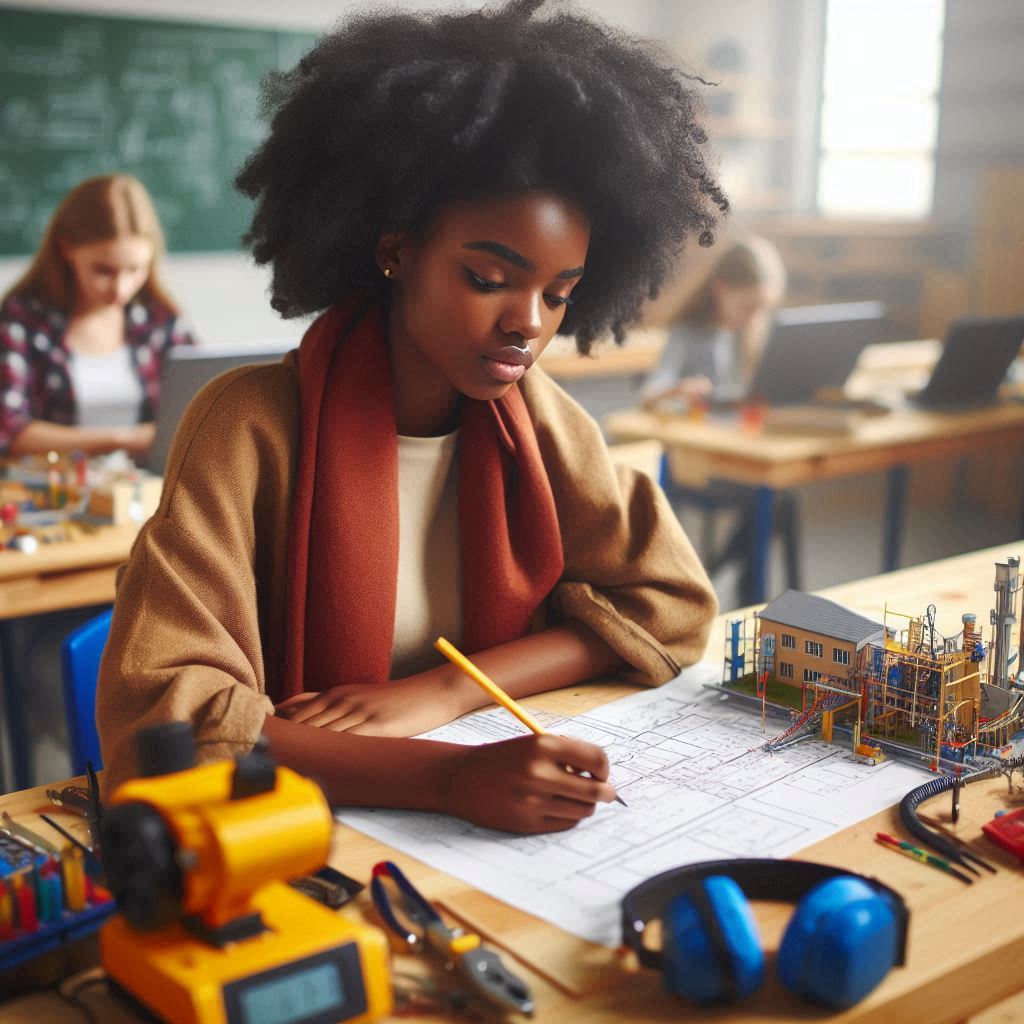Protect Your Future with Budget Friendly and Trustworthy Insurance
Protect Your Future with Budget Friendly and Trustworthy Insurance
Blog Article
Essential Resources for Establishments to Improve Their Technique to Technology Education
As institutions aim to enhance their technology education and learning structures, the recognition and implementation of crucial sources come to be extremely important. Cutting-edge educational program layouts that integrate innovation, alongside effective online learning systems, can considerably widen instructional ease of access and involvement.
Ingenious Curriculum Styles
In today's rapidly advancing technical landscape, educators are increasingly identifying the need for cutting-edge educational program styles that efficiently integrate technology right into discovering experiences. This combination is necessary for preparing pupils for a future where electronic literacy is paramount. Ingenious curriculum layouts incorporate different instructional techniques, ensuring that modern technology works as a device for enhancing engagement and assisting in deeper knowing.
One efficient approach is project-based understanding (PBL), where students involve in real-world troubles, making use of technology to study, collaborate, and offer their findings. This method not only fosters vital thinking however likewise encourages the advancement of soft abilities such as team effort and interaction. Additionally, adaptive discovering technologies can customize the academic experience, dealing with specific understanding styles and paces.
Furthermore, interdisciplinary strategies that mix topics, such as combining scientific research and technology with the arts, aid create a more holistic discovering setting. This cultivates creative thinking and development, gearing up pupils with the skills essential to flourish in a facility, interconnected world. Eventually, ingenious educational program designs are crucial for cultivating a generation of students that are not just skilled in innovation but are additionally experienced issue solvers and critical thinkers.
Online Understanding Platforms
Many teachers are transforming to on-line understanding systems as necessary devices for boosting academic access and engagement. These systems promote a crossbreed knowing atmosphere that suits diverse knowing designs and speeds, making education and learning extra comprehensive. They use a series of sources, consisting of video clip talks, interactive simulations, and discussion online forums, enabling pupils to accessibility web content from anywhere at any moment.
Noticeable online discovering platforms, such as Coursera, edX, and Moodle, give organizations with the infrastructure required to provide high-quality technology education. These platforms can be customized to align with particular curriculum goals and instructional techniques, ensuring that institutions can maintain their instructional requirements while leveraging digital resources.
Furthermore, on-line learning platforms support collaboration amongst pupils and instructors, fostering a feeling of community and shared finding out experiences. Advanced analytics tools readily available on these platforms enable educators to track pupil progress and engagement, promoting timely treatments when needed.
Professional Growth Opportunities
Continuous professional advancement is vital for educators looking for to remain abreast of arising modern technologies and instructional strategies in a swiftly evolving academic landscape (Insurance). To properly integrate innovation right into the class, instructors have to proactively seek chances that improve their abilities and understanding
Institutions ought to focus on using workshops, programs, and workshops focused on the most recent technical advancements and training methods. These programs can attend to numerous aspects of innovation education, consisting of coding, electronic proficiency, and the usage of instructional software program. Furthermore, partnering with local universities and technology companies can company website give instructors accessibility to specialized training and sources.
Online professional growth systems likewise use versatility, enabling instructors to take part in self-paced understanding. Webinars and digital seminars can facilitate understanding sharing among instructors worldwide, cultivating an international perspective on innovation integration.
Moreover, mentorship programs can attach skilled educators with those new to innovation, advertising joint learning and support. By creating a culture of constant knowing, establishments can empower teachers to welcome ingenious training techniques, ultimately improving pupil involvement and success in modern technology education. Buying specialist development not only benefits teachers but likewise dramatically improves the discovering experience for students.
Collaborative Tools and Resources
Effective combination of technology in education and learning also depends on using collaborative devices and sources that promote interaction and teamwork among teachers and students. Such tools improve interaction and foster a society of collaboration, important for modern-day learning environments. Platforms like Google Work Space and Microsoft Teams make it possible link for real-time record sharing, task monitoring, and seamless interaction, permitting teams to collaborate properly no matter of geographical obstacles.
Additionally, learning administration systems (LMS) such as Canvas and Moodle offer organized environments for collaboration, where teachers can create discussion forums, appoint team projects, and promote conversations. These platforms not just simplify educational delivery but likewise motivate peer-to-peer communication, vital for developing critical reasoning and analytical skills.
In addition, tools like Padlet and Trello can be used to imagine concepts and handle jobs collaboratively, boosting project-based learning experiences. By incorporating these joint resources, organizations empower both educators and trainees to contribute proactively to their discovering trips. Eventually, the efficient usage of joint tools not just enriches the educational experience yet additionally prepares students to grow in an increasingly interconnected globe.
Neighborhood and Sector Collaborations
Area and industry collaborations play a crucial function in boosting modern technology education and learning by linking the void between academic expertise and useful application. These collaborations provide pupils with real-world experiences, allowing them to apply classroom ideas to actual obstacles encountered by companies. By involving with local organizations and community organizations, universities can create vibrant understanding environments that foster advancement and skill development.

Additionally, these alliances can bring about resource sharing, where institutions gain from industry proficiency, innovation, and funding. Such assistance not just improves academic offerings but also aids to cultivate a labor force that is well-prepared for the obstacles click here for more info of the modern economy. Ultimately, the synergy created via area and sector collaborations is vital for promoting a society of constant knowing and adaptation in modern technology education, ensuring that organizations continue to be receptive to developing technological landscapes.
Conclusion

One efficient technique is project-based knowing (PBL), where trainees involve in real-world issues, making use of technology to research, team up, and offer their findings. In addition, flexible knowing modern technologies can individualize the instructional experience, catering to specific understanding designs and rates.
Furthermore, mentorship programs can link knowledgeable instructors with those brand-new to technology, promoting collaborative understanding and support. By developing a society of continuous understanding, establishments can encourage instructors to welcome innovative training approaches, eventually improving pupil interaction and success in innovation education and learning. Ultimately, the synergy created with area and industry collaborations is vital for promoting a culture of continuous learning and adaptation in modern technology education, guaranteeing that establishments continue to be responsive to developing technological landscapes.
Report this page